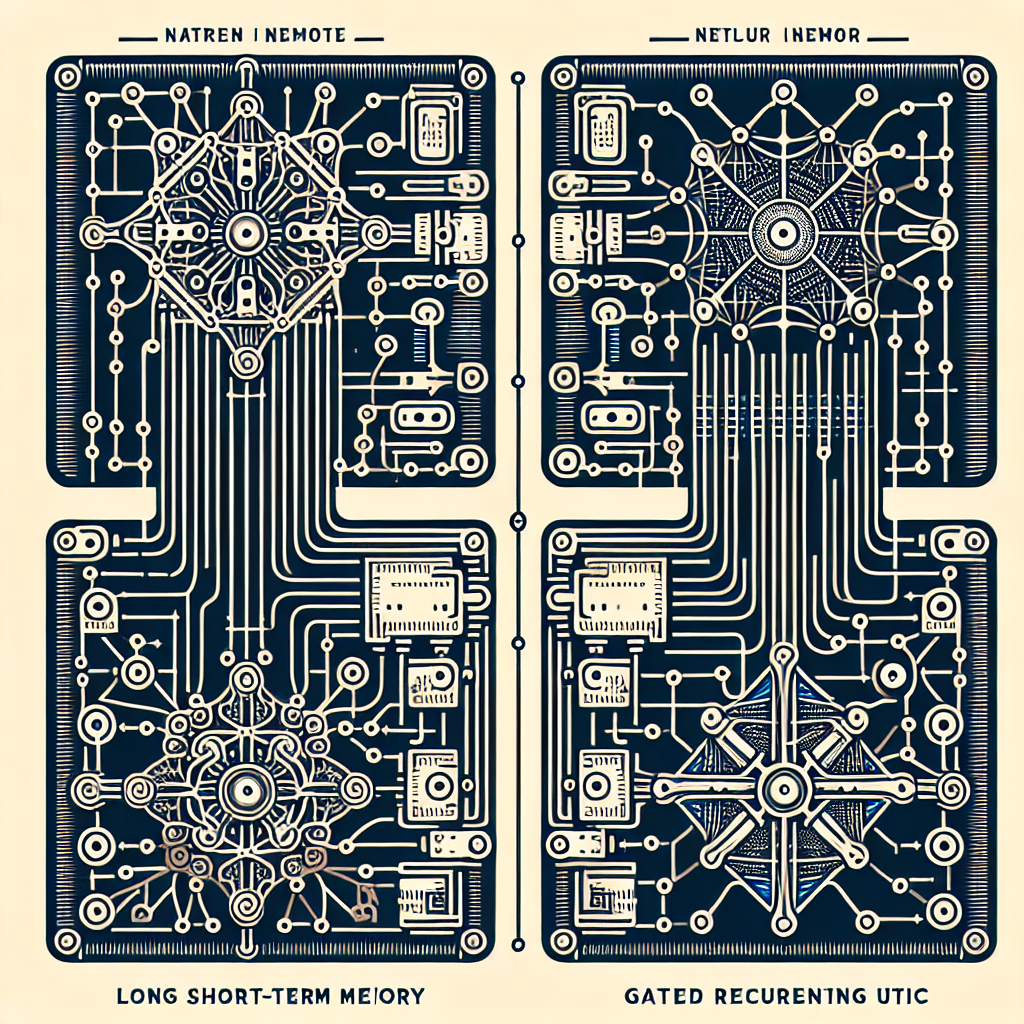Recurrent Neural Networks (RNNs) have become a popular choice for sequential data modeling tasks such as natural language processing, speech recognition, and time series analysis. One key component of RNNs is the gated architecture, which allows the network to selectively update and forget information over time. Two commonly used gated architectures in RNNs are Long Short-Term Memory (LSTM) and Gated Recurrent Unit (GRU).
LSTM was introduced by Hochreiter and Schmidhuber in 1997 and has since become a widely used architecture in RNNs. LSTM has a more complex structure compared to traditional RNNs, with additional gates controlling the flow of information. These gates include the input gate, forget gate, and output gate, which allow the network to store and retrieve information over long sequences. This makes LSTM well-suited for tasks requiring long-term dependencies and is particularly effective in handling vanishing and exploding gradients.
On the other hand, GRU was introduced by Cho et al. in 2014 as a simpler alternative to LSTM. GRU combines the forget and input gates into a single update gate, which simplifies the architecture and reduces the number of parameters. Despite its simplicity, GRU has been shown to perform comparably to LSTM in many tasks and is faster to train due to its reduced complexity.
When comparing LSTM and GRU, there are several factors to consider. LSTM is generally better at capturing long-term dependencies and is more robust to vanishing gradients, making it a good choice for tasks with complex sequential patterns. However, LSTM is also more computationally intensive and may be slower to train compared to GRU.
On the other hand, GRU is simpler and more efficient, making it a good choice for tasks where speed and computational resources are limited. GRU has fewer parameters and is easier to train, which can be advantageous for smaller datasets or real-time applications.
In practice, the choice between LSTM and GRU often comes down to the specific task at hand and the available computational resources. LSTM is a good choice for tasks requiring long-term dependencies and complex sequential patterns, while GRU is a more efficient option for tasks where speed and simplicity are key. Researchers and practitioners should consider these factors when selecting the gated architecture for their RNN models and experiment with both LSTM and GRU to determine which performs best for their specific task.
#Comparing #Gated #Architectures #Recurrent #Neural #Networks #LSTM #GRU,recurrent neural networks: from simple to gated architectures


Leave a Reply